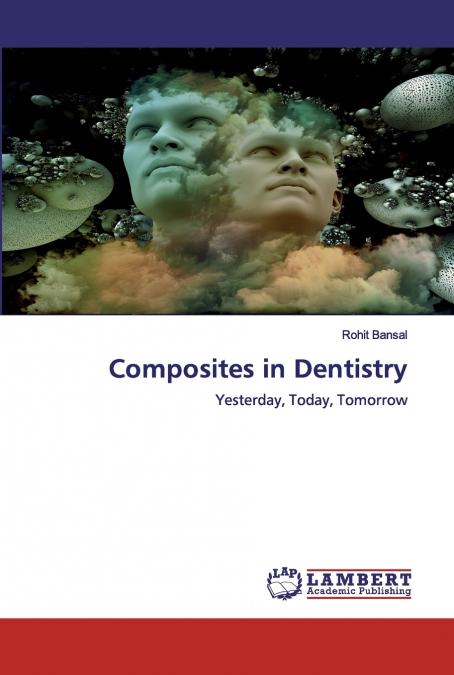
 Librería Perelló (Valencia)
Librería Perelló (Valencia)
 Librería Aciertas (Toledo)
Librería Aciertas (Toledo)
 El AlmaZen del Alquimista (Sevilla)
El AlmaZen del Alquimista (Sevilla)
 Librería Elías (Asturias)
Librería Elías (Asturias)
 Librería Kolima (Madrid)
Librería Kolima (Madrid)
 Donde los libros
Donde los libros
 Librería Proteo (Málaga)
Librería Proteo (Málaga)
The introduction of innovative filled methacrylate resin composites revolutionized the field of dental restorative materials and has provided a clinically viable alternative to amalgam-based restorations. The dental resin composite restorative materials have advantages such as esthetic appeal, and no perceived danger of mercury poisoning but they do seem to be at a disadvantage when discussing the mechano-physical properties and clinical longevity. These limitations are a consequence of polymerization shrinkage stresses, technique sensitivity and the depth to which resin composites may be successfully cured. Subsequently, the continuing development and refinement of composites has sought to overcome these drawbacks through the modification of the filler size and morphology to improve filler loading and distribution. In the present scenario, composites stands as a good alternative for amalgam based restoration, with amalgam being banned in many nations based on its health and environmental concerns.